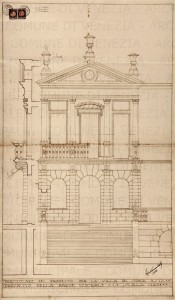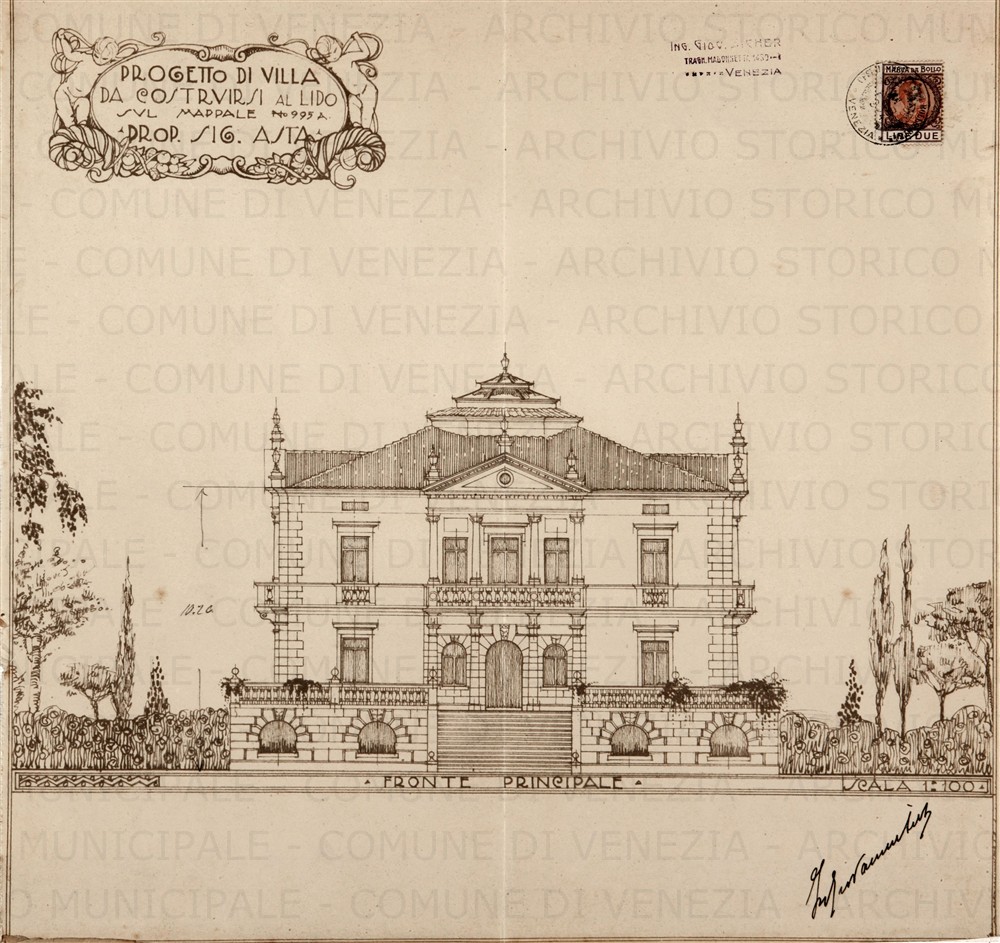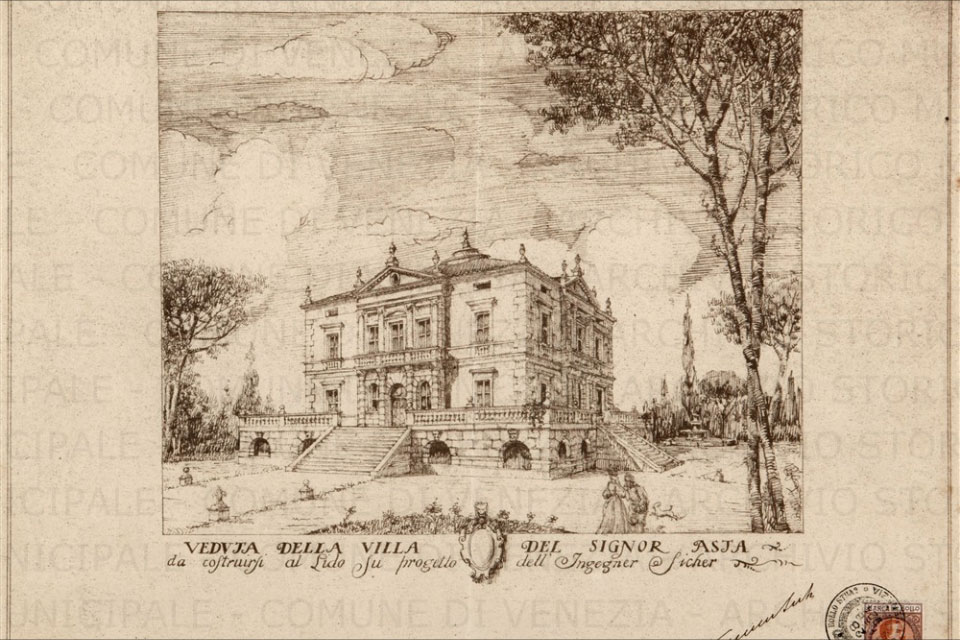At the and of thè 19th century, with the spread in Europe of industrializatìon, artistic production underwent radical changes wìth thè aim of overcoming prevìous classical models and satisfying creative freedom, and adapting it to new needs as dictated by technlogical progress. Archìtectural styles were trasformed. They became more asymmetrical and enrìched with elements such as terraces, verandas, glass and ìron roofing, turrets, open gallerìes and entrance stairways which were often cìcled and embellished with iron and cast-ìron raìlings. The Lido presented itself as a place more open to eclectic experìments at the beginning of the 20th century, A promìnent businessman, Nicolo Spada, understood that it could become a holiday hot spot given its location between the Adriatic and the lagoon, just a stone ‘s throwfrom venice and St. Mark’s Square.
Thè project of building a huge hotel was estruded to Giovanni Sardi who had already pup up the Hotel Excelsior. Contemporneously, over the first decade of the 20th century, the Hotel Hungaria and the Hotel des baìns were erected: both boasted splendid and refined construction, the former wìth a private beach and a large, cool and fragrant park.
The leap in qualìty had taken place: the Lido was soon chose by European nobility, powerful polìticìans, captains of finance, world-famous artists and musìcians and the
upper echelons of the bourgesie jumped at the chance to become members of this fashionable vacation club.
The area lyìng betwen thè above mentioned hotels was set upon by archilets from various countries who built the most ecletic structures that could have been imagined. Classical, Byzantine and gothìc styles were drawn upon so as to remain tied to historical roots, while yet employìng innovatìons from outsìde of Italy which spanned the Viennese Secession, jugendstil, English and Belgìan art Nouveau, as well as Art deco. The result was harmonious, pleasing to the eye and, most of all, conspicuous, astonishing, and unique for the amount concentrated in one piace: this strip of land between the sea and the lagoon would soon come to be know as “The Golden Island”. Among the highly numerous villas and hotels that were buìlt in the 20th century, one takes special note of Villa Asta which was constructed by Sicher in 1928 and which was clearly inspired by Villa Capra-Valmarana, know as Andrea Palladìo’s Rotonda.
It was commissioned by Olga Lustig Asia as a seasonal residence. A most scenic point was chosen: facing the sea, at the cross-sroads betwen two streets and a small square.
The breadth and openness of the space allowed for canstruction to be carrìed out around a central body with the presence of three facades made more important by the majesty of ionic columns, the presence of tympana and thè entranceway. They were all around the garden with its beautiful gates and pillars flanked by hedges and various kinds of vegetation.
Side by side with the classical structure there are otherArt Nouveau elements which are mostly located in the interior. Examples are the ornate beams. Verona red, paìnted marble, cornices, stuccowork, railings and a highly original panel executed in stane inlaid with phytomorphìc and zoomorphic motifs typical of medieval tapestries. From a spiral staircase one enters thè octagonal lantern done in iron and glass with an annular space where there is one of thè most magnificent panoramas to be taken in on the Lido: from the open sea to the surrounding gardens, from the lagoon to St. Mark’s Basin.
Olga Asta was a noted producer of lacework who gave rise to an intensive level of production in the 1930s. Although remaining faithful to the tecniques of the old Burano school, she breathed new life into designs and models as inspired by the tastes of the time. She gained renown as well as commercial success.
The top crowned heads of Europe commissioned entire trousseaux and Olga Asta strove to satisfy every requirement while always demonstrating the utmost refinement and good taste.
Part of this villa has today been skilfully transformed by Stefano Calandra into a marvellous bed-and-breakfast which provides a wonderful conbination of the most up-to-date functionality, sobriety and elegance.







